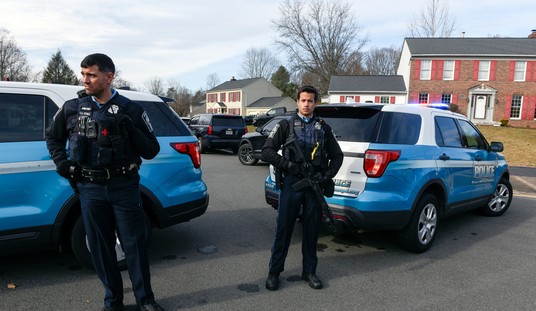Big city public schools are notoriously bad. There’s a reason why people move out of the cities and into the suburbs, and it’s not just so they can cut the grass. Suburban schools tend to be better schools, as a general rule.
Of course, considering the performance of high schools in Baltimore, the bar isn’t all that high.
A recent study by Project Baltimore found that in 13 public high schools in the city there were zero students proficient in math. Zero. None. Nada. Zilch. Goose egg. Nyet.
With a city the size of Baltimore and the number of schools examined, you’d expect a couple of bright kids in these schools to be proficient in math despite the crappy schools, but you don’t even get that.
Further, according to Jack Pannel, who is the founder of the Baltimore Collegiate School for Boys, a charter school in the city, reading isn’t exactly a strong suit in Baltimore either. “Nine out of ten black boys in Baltimore City are not reading at grade level,” he noted.
Panell’s school, however, is different. It’s also one of the bright points in the city. In 2015, only nine percent of its students were proficient in math. In 2016, that number jumped to 14.4, a 60 percent increase.
To be sure, 14.4 percent isn’t anything in and of itself to get excited about. Yes, it was a nice jump, but it’s still fewer than 15 percent.
Pannell acknowledges that fact when asked if he’s happy with the result. “No,” he answered. “I mean, we can do better.”
Yet Pannell’s approach to education does seem to be working, and it’s an approach that makes some sense.
As the school’s name implies, it’s an all-male school that also has a 60 percent male staff. It has a school day that’s one hour longer, and class periods that are shorter.
All of this is structured around the way boys learn, as opposed to more traditional schools. Those systems tend to favor girls, which has resulted in men lagging behind women educationally. Further, the lack of girls in the school allows the boys to focus on their education rather than impressing the opposite sex. As a one-time high school student, I can’t help but suspect that reducing clowning around in class as well as other behaviors that can be a huge distraction can only help.
It’ll take more time to see if Pannell’s school continues to improve, but it’s looking promising. If it succeeds, then perhaps it can serve as a model for more schools throughout the nation.









Join the conversation as a VIP Member